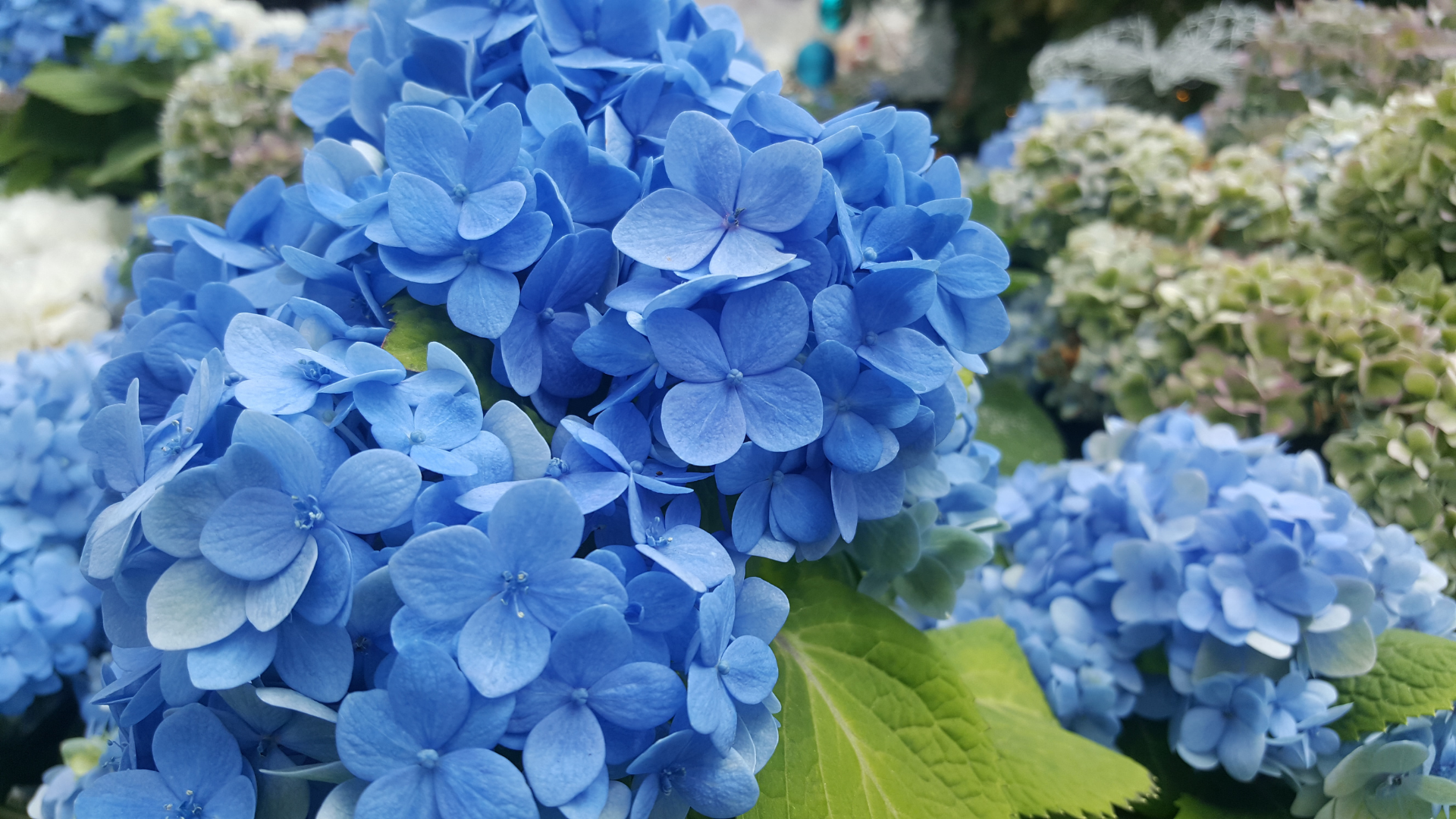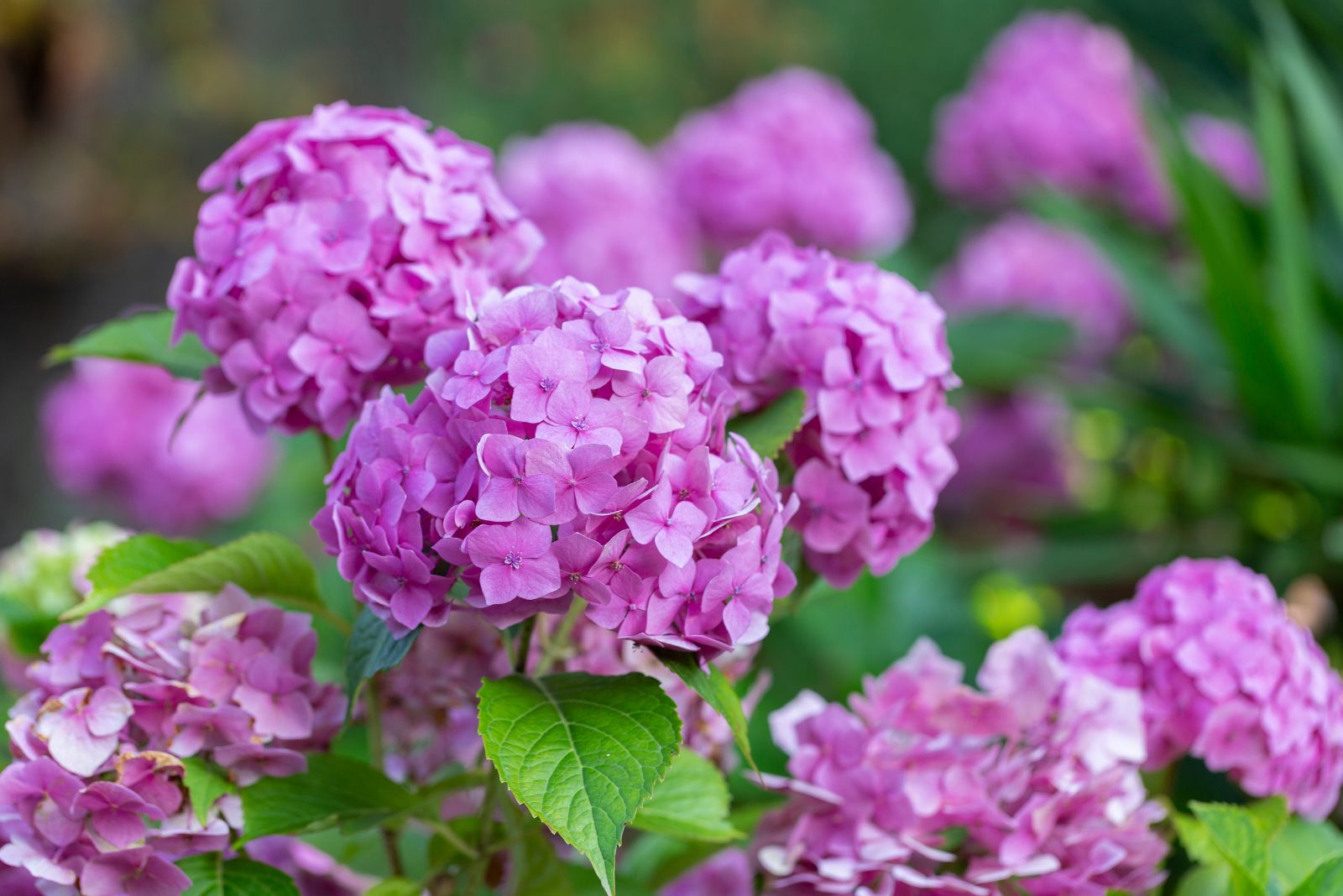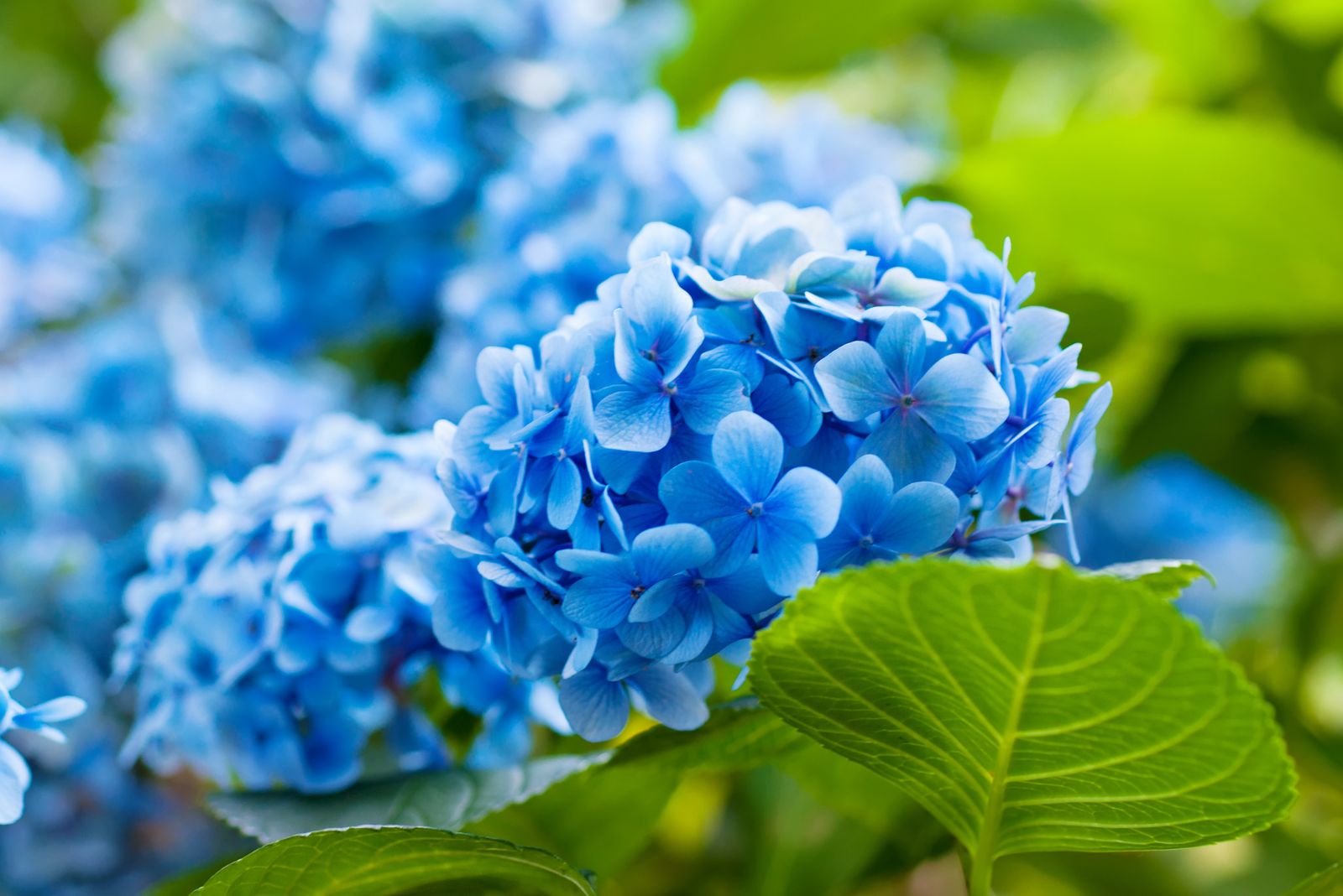Did you know that you don’t have to buy four different hydrangeas just to enjoy them in shades of pink, purple, red, and blue? You can change their color with certain products and admire their round blossoms.
It is the pH level of the soil that determines their color, meaning you simply have to lower or raise it to alter the shades of hydrangeas.
But not all varieties can change color. Bigleaf hydrangeas and H. serrata cultivars can, so the first step would be to get those.
Here are the other steps!
How To Change Hydrangea Colors
Changing hydrangeas’ colors isn’t rocket science, but it does require some careful planning and a little bit of chemistry.
Once you choose the hydrangea types you want to grow, it’s time to get some products that affect soil pH.
Here’s everything you need to know!
Products You’ll Need
[table id=736 /]
The first thing you need to know about changing the color of hydrangeas is that they do it on their own, based on the soil pH level.
And the best way to do it is by growing these flowers in pots. You can do it in the ground, but you’ll have to worry about other plants and how the change in pH value will affect them.
Also, transplanting or planting hydrangeas can lead to color change as they adapt to the new growing environment. It will take some time for them to adjust and for you to know once and for all which color you’ll end up with.
Finally, make sure to fertilize your hydrangeas properly. I know you’ve noticed their green shade and I understand how appealing it is. But the green color can be a sign your hydrangeas aren’t getting enough minerals.
Limitations
Obviously, there are some limitations when it comes to changing hydrangea colors. That’s why you have to understand the science behind it.
As I mentioned before, some types can’t change color, so you’ll have to get ones that can.
• White hydrangeas cannot turn red, pink, purple, or blue. They become green towards the end of the season or even pink or red. However, there’s nothing you can do to encourage it.
• You can rarely change the color intensity and make your hydrangeas paler or brighter. While it’s possible to turn your blue hydrangeas purple or pink and vice versa, you’ll have to accept their brightness as it comes.
This condition is sometimes hereditary, although weather conditions and plant health can also make your plant paler.
• If you live in a hot region, you probably won’t see those deep hydrangea flower colors. These plants will turn pale if they get too much sunlight. That’s why we rarely see red shades in hot climates; pink and purple are much more common.
You can turn your hydrangeas red even in hot weather if you grow them in containers and keep them in a cooler location away from direct midday sun.
How To Make Hydrangeas Pink
Hydrangeas obtain pink shades when the substrate is neutral or alkaline. As the alkalinity rises, the color changes and pink hydrangeas may turn red.
To make these plants pink, you have to make sure there’s less aluminum in the soil and the pH level is higher. That’s because aluminum is mobile in acidic soil and reacts with the plant, turning it blue. (1)
Therefore, you have to raise the soil pH to make these plants pink, and you can do that by adding lime.
Simply follow the manufacturer’s instructions on the package and test the soil pH afterwards to see whether you’re at the desired level.
You’ll need to repeat the process every two months or so and it may take some time to turn your hydrangeas pink. These plants adjust to new conditions over time, and if you dump too much lime at once, they’d suffer and likely die.
How To Make Hydrangeas Purple
You have to be a bit more careful when trying to make hydrangeas purple. That’s because they turn blue if the pH is 6.0 or lower and pink if it’s 7.0 or higher.
Therefore, aim for soil pH between 6.0-7.0 if you want purple hydrangeas.
That means you might need lime or aluminum sulfate to get this color. If the soil is too acidic, add lime, and if it’s too alkaline, add some aluminum sulfate.
This process takes time and a lot of patience. Keep testing your substrate until it is at your desired pH level. It is possible you’ll need to add more lime or aluminum sulfate until you get it right.
Of course, you should always let your hydrangeas adjust to the changes you have made. That means adding aluminum sulfate no more than 1-2 times a month and lime every 2 months.
How To Make Hydrangeas Blue
These flowers change their color to blue when the soil pH is 6.0 or lower. If you have a pink, purple, or red hydrangea, you have to lower the pH to get a blue one.
You can achieve this by adding aluminum sulfate to the soil or some other acidifying agent, such as lemon juice or vinegar.
Pink blossoms mean the soil is above 7.0, so you have to lower it. If you have red hydrangeas, the substrate is even more alkaline. That means you’ll have to add a bit more acidifying agent to turn your hydrangeas blue.
Read the instructions on the aluminum sulfate package and mix the solution accordingly. It usually means dissolving 4 tablespoons in a gallon of water, but it might depend on the product.
Water your hydrangeas 1-2 times a month with this, and they will change their color.
Here are some more tips for changing hydrangea shades:
Now you have all the tools to change the color of your hydrangeas and impress your neighbors. Combine all these colors together and create a rich oasis in your garden.
Research:1. Schreiber, H. (2017). Curious Chemistry Guides Hydrangea Colors. American Scientist.




